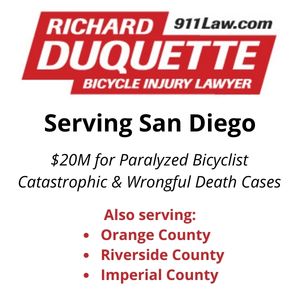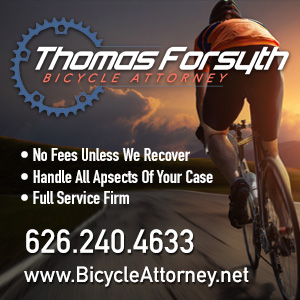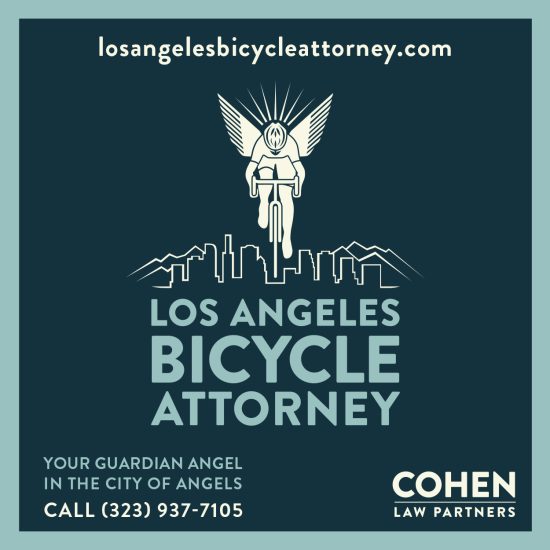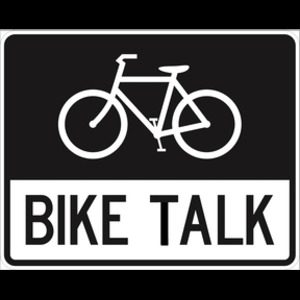
Recently, I announced my intention to #CrashCityHall this Friday to demand safer streets.
And invited anyone who’s just as mad as I am about the needless risks bike riders and pedestrians face on our streets — and the lack of action from city leaders — to join me. And tell the mayor and city council to show have courage the courage to do the right thing.
Since many people can’t attend a 10 am city council meeting, I’m accepting letters from people who can’t make it, but still want to have their opinions passed on to the council members at the meeting.
Here’s the second of those #CrashCityHall letters, from Doug Moore.
………
May 18th, 2018
To Mayor Garcetti and all Los Angeles City Council members,
I write you today in an effort to get you to start thinking about how dangerous our car culture has become in Los Angeles. And to urge you, our city leaders, to implement ways to make our streets more safe for all that use them.
In so doing, these changes will bring other qualities such as reduced car noise, nicer public spaces, better air quality and stress free walking, cycling, jogging and dog walking –and yes, driving.
Being a cyclist, I am very aware of how badly our streets and boulevards have suffered because of the amount and speed of traffic.
I live in Tujunga, CD7, Council Member Monica Rodriquez district. Each morning, I bike a short way on Foothill Blvd to board LADOT Express Bus 409 to DTLA.
I de-bus at the Glendale Park & Ride, prep my bike then cycle 13 miles to my office at USC.
I travel through Glendale, to Eagle Rock Blvd/Cypress Ave (Council District 14, Jose Huizar) to the Broadway Bridge into Chinatown (Council district 1, Gil Cedillo) to Hill street, then to Olympic Blvd then Figueroa (Council District 9, Curren Price) and finally to campus. In the afternoon I reverse this trip – with a slightly different route. On Fridays I drive.
I would like to provide the following undisputable facts, that come from years of this type of cycling, this type of intimacy with traffic, this type of exposure to our roadways:
- Our streets are more dangerous than they have ever been – mostly because of excess speed.
- Drivers are more distracted than ever before in our city’s history.
- Motorists are driving while smoking weed. Alot!
- Many drivers are attentive and share the road. But there is a disturbing trendwhere higher numbers of drivers are doing just the opposite.
- Painted cycling infrastructure such as “Sharrows”, striped lanes, colored lanes,pedestrian crosswalk demarcation & similar are often seen as ‘optional’ for motorists.We all know about the latest trend of motorist hit-and-run tragedies. These have left other drivers, pedestrians and cyclists severely injured or dead.Here in Tujunga, in April, a DOUBLE FATIL hit and run occurred on Foothill Blvd. The driver, as of this writing, has yet to be apprehended. An innocent couple, engage to be married have perished from our community.
Where has this selfish, narcissistic attitude from drivers come from?
We all know about the speed of traffic on major roads and boulevards is dangerous even at legal limits, but when most drivers are 10, 15, or even 20 mph above and beyond, the danger level is unacceptable.
Where does this need-to-speed attitude come from?
We all know about the horrible traffic congestion in our city and how it continually downgrades the quality of life here. We skip get-togethers. We forgo dinners and kids sports and other social engagements across town – because “the traffic getting to the Westside from Eagle Rock is a nightmare”.
It’s not funny anymore. It’s a serious soul-sucking way of life in our city. Why have we surrendered our social connections and quality of life?
The answer to all these is the same: Our run-away, out-of-control car culture. We’ve reached “peak-car” in our city.
I know that you, leaders of this city, who are smart and insightful and understanding, know this too. You can see it as we all do.
We must start to make changes. I don’t have all the answers, but there are ideas out there that organically reduce traffic speeds. That help separate cars from people walking. Jogging. Cycling. Walking the dog. That make our public roadways safer for everyone who uses them, including motorists.
Widen the sidewalks, not freeways. Add separated bike lanes, not car lanes. Make streets and boulevards pleasant. Green with more trees and shade. More quiet to provide a nice place to shop. To hang-out with neighbors. To read on a bench.
As far as safety, traffic cops at critical intersections help so much! Intersections are where many of the dangers lie for cars vs walkers and bikers. I love seeing these guys when approaching an intersection, whether by car or on bike. Everyone is instantly on best behavior and courteous.
Getting buy-in and approval on these changes is the hard part, of course. Motorists tend to seethe at reduced speeds and “perceived” increase in commute times. Reduced lanes. Less parking. But this is the right direction for Los Angles. The right thing to do in your district.
We’ve tried over and over to increase the car infrastructure thinking that these projects would help. Did widening the 405 Fwy really help? What a huge, expensive, time consuming project.
It’s time to swing the other way on transportation projects. Less “car-centric”, more “people-centric”. Motorists are people too, and they’ll appreciate these changes.
When faced with options in difficult circumstances such as this, an upside is this: it’s always easy to pick out the correct option. It’s the one that tends to be avoided. It’s the one we put at the bottom of the list. It’s the one that’s the hardest.
Why? Because the right thing to do is always the hardest thing to do. That’s a fact of human nature.
I know you are thinking: “Change the car-culture, yeah, right.” But it can be done. In bits and pieces. You will gain converts. It can build momentum and you must try, as lives of our residents are depending on safe passage to work, school and the market.
In the book “Profiles of Courage”, check out the examples of other great leaders, who have acted bravely. Acted with integrity. Gone against the opinions of their constituents to do the right thing.
As a cyclist (yes and a motorist too) I am growing weary of seeing yet more Ghost Bike installations that signify the death of a fellow rider.
As a motorist, I’m continually saddened and outraged to see yet another makeshift memorial of candles, Crosses and flowers where a Mom or Dad or son or daughter or young couple was killed in a crosswalk.
We can do better and am counting on you all to have the courage to do so.
Thank you for your time today. Be brave. Do the right thing. And finally, a reminder that it’s Bike Month. Get out and ride. You’ll be glad you did.
Sincerely,
Doug Moore, cyclist, motorist, pedestrian, resident
………
If you can’t #CrashCityHall on Friday, email a letter demanding safer streets for bicyclists, pedestrians and everyone else to ted at bikinginla dot com by this Wednesday.
I’ll print them out and include them with the packages we’re giving each councilmember and the mayor containing copies of Profiles in Courage and Do The Right Thing.
A couple quick tips:
- If you can, try to work in the theme of our protest by asking them to have the courage to do the right thing.
- Mention what council districts you live, work or ride in.
- Stress that safer streets benefit everyone, whether on bikes, on foot or in cars.
- Feel free to (politely) express whatever anger or fear you may be feeling
- Demand they take immediate action to protect us all
And let me know if it’s okay to share your letter on here. I’ll be happy to put it online as a guest post leading up to Friday’s council meeting.




















